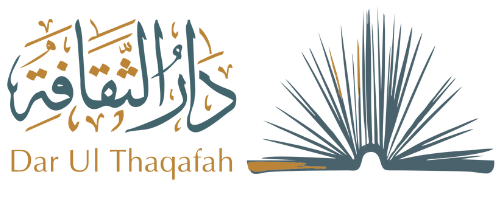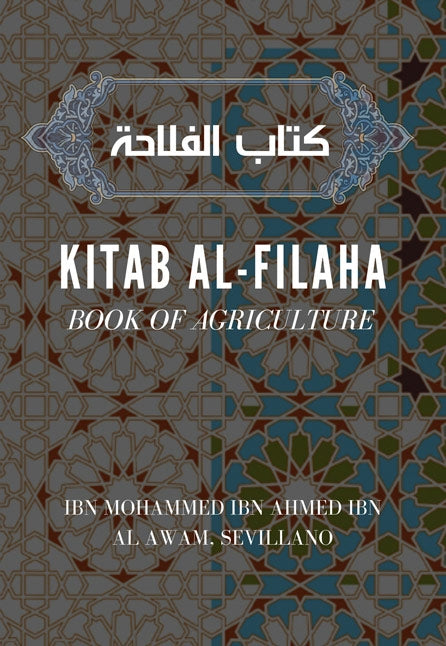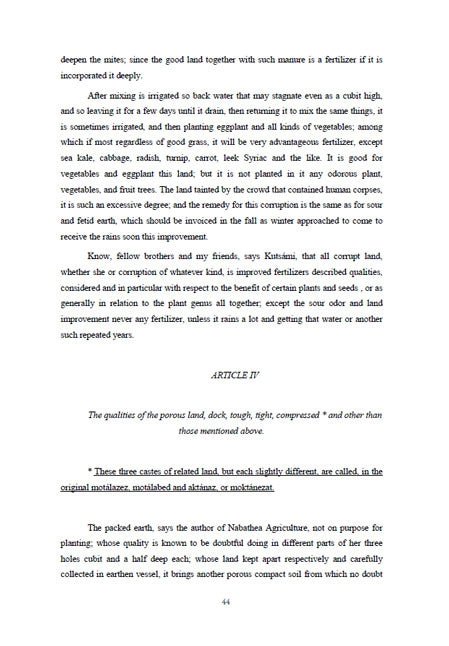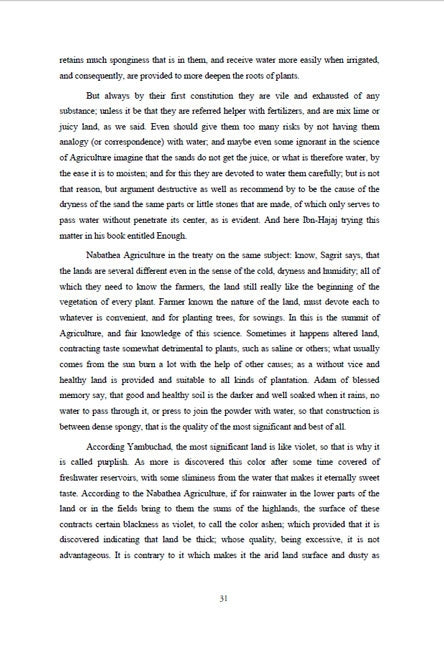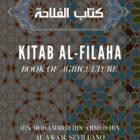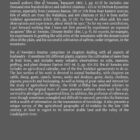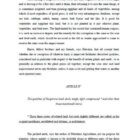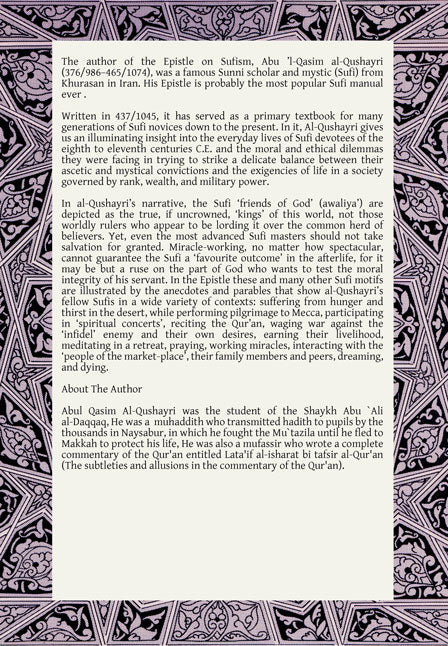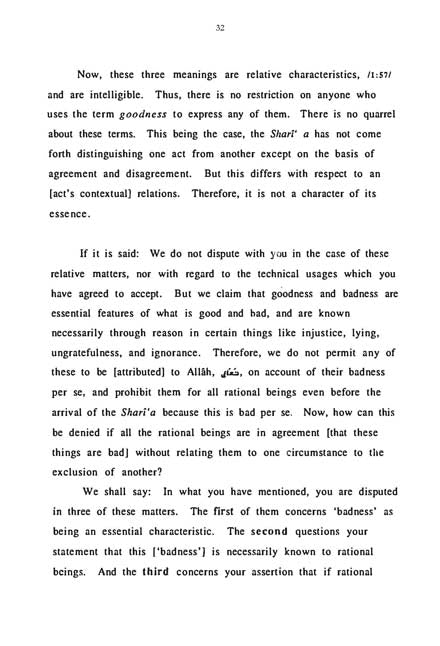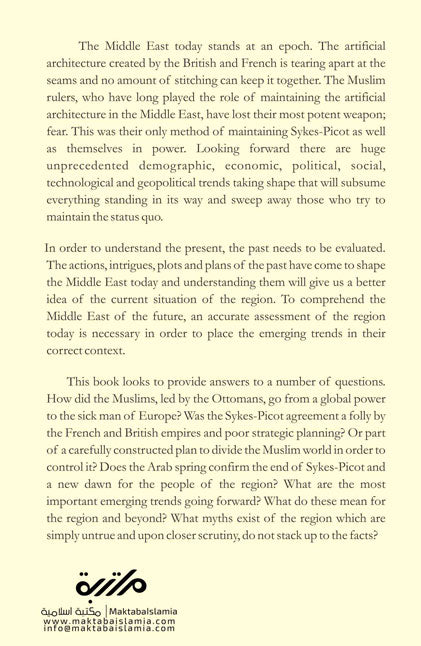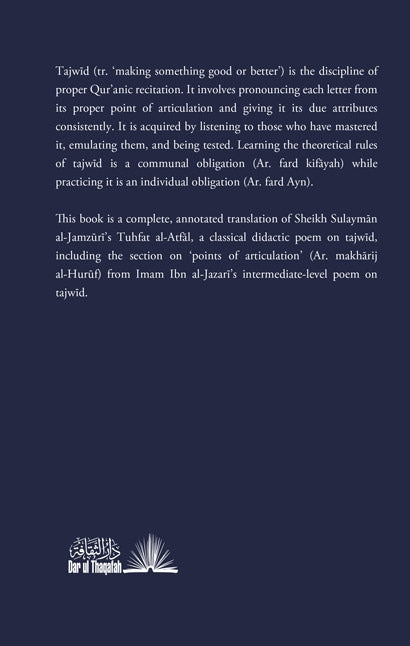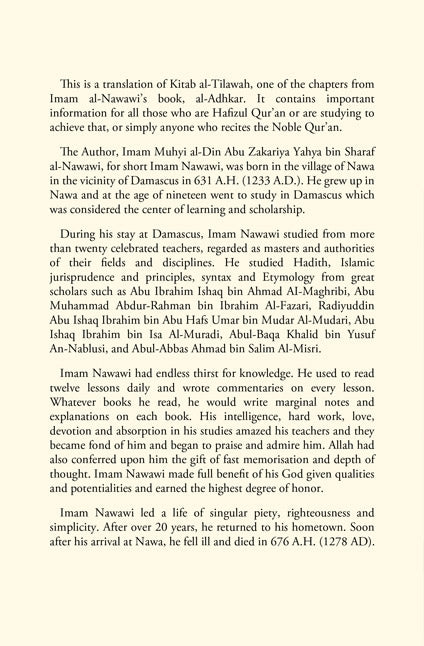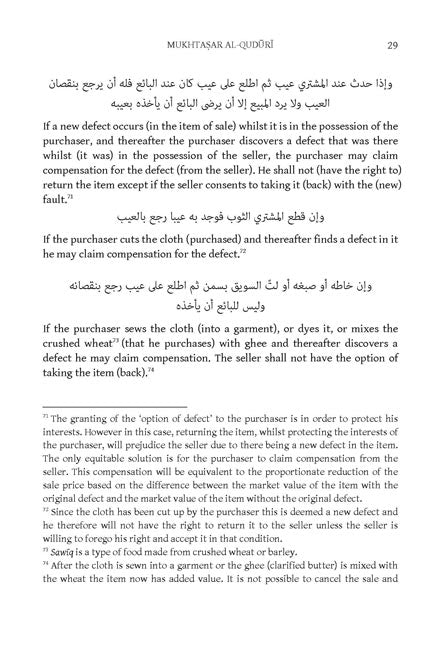Kitab Al Filaha (Book Of Agriculture) كتاب الفلاحة- Ibn Al Awam Sevillano
Ibn Mohammaed Ibn Ahmed Ibn Al Awam Sevillano
Paperback, 798 pages
6.75 x 9.9 inch
Dar Ul Thaqafah
Ibn al-‘Awwām’s Kitāb al-filāḥa is, without doubt, the most comprehensive agricultural treatise in Arabic. He gathers all the knowledge of his time concerning agriculture, horticulture and animal husbandry into a huge compendium of excerpts from all the previous agronomical traditions and treatises. From 112 named authors (Ibn al-‘Awwām, Banqueri 1802, I, pp. 61-2) he includes one thousand nine hundred direct and indirect citations – 615 or 32.5% from Byzantine sources, especially from Cassianus Bassus, 585 or 31% from Near Eastern sources, 85% of which are from Ibn Waḥshīya, and 690 citations or 36.5 % from earlier Andalusi agronomists (Glick 2005, pp. 12-13). To these he often adds his own observations and experiences, about which he says: “As for my own contribution, I put forward nothing that I have not first proved by experiment on repeated occasions” (Ibn al-‘Awwām, Clément-Mullet 1866, I, p. 9). He records, for example, his experiments in grafting the wild olive of the mountains with the domesticated olive of the plain, and his successful cultivation of saffron, under irrigation, in the mountains.
Ibn al-‘Awwām’s treatise comprises 34 chapters dealing with all aspects of husbandry – it mentions 585 different plants, explains the cultivation of more than 50 fruit trees, and includes many valuable observations on soils, manures, grafting, and plant diseases (Sarton 1927-48, II, pp. 424-25). Ibn al-‘Awwām also includes an agricultural calendar, one of the few Andalusi agronomists to do so. The last section of his work is devoted to animal husbandry, with chapters on cattle, sheep, goats, camels, horses, mules and donkeys, geese, ducks, chickens, pigeons, peacocks and beekeeping. As well as being of great value and interest for the study of agricultural history, the Kitāb al-filāḥa has enabled scholars to reconstruct the original texts of some previous authors whose work has only survived in abridged or fragmented form. In addition, the profusion of references, even though sometimes entangled and difficult to unravel, provides the historian with a wealth of information on the transmission of knowledge. It also presents a unique survey of the agricultural geography of Al-Andalus in the late 12th century, at least in regard to its interior arable land and the valley of the Guadalquivir river.
This book is also available on other websites, in case you cannot find it on the above link, we recommend you search on the internet as well.
